
CURATOR’s EYE
Unique and Mesmerizing World of Paper Art
Follow TRiCERA on Instagram and check out our creative artists
5%OFF & free shipping 1st purchase
FIRSTART5
10%OFF 2nd purchase after 1st purchase!
Welcome to TRiCERA
Hi there! We are pleased to have you here 🎉
Could you please describe yourself?
Guest
Pierre-Auguste Renoir has left his mark on art history as one of the leading impressionist painters.
His delicately observed depictions of light fascinate even contemporary viewers.
In this issue, we will introduce nine facts about Renoir and his works.
As a boy, Pierre-Auguste took singing lessons in the local choir and was recognized for his talent.
However, due to his family's financial situation, he had to quit.
If not for something that led Pierre to art as a young boy, and if his family had been financially stable, perhaps Renoir as a singer would have become famous.
To help his family, Renoir worked as an apprentice painter at a pottery factory. There, his talent for painting was discovered.
He often stopped by the nearby Louvre Museum, where he acquired his skills by copying paintings by past masters.
Eventually, his life as a craftsman came to an end as the pottery factory was mechanized and the painters were laid off..jpeg)
In the year that Impressionism became known as "Impressionism," Renoir participated in an exhibition held together with Claude Monet, Afrred Sisley, and Frédéric Bazille.
At the first Impressionist exhibition, they were ridiculed by critics who said that they painted only with impressions, and they were sunk.
However, Renoir's work received relatively favorable reviews..jpg)
Bal du moulin de galette, Renoir, 1876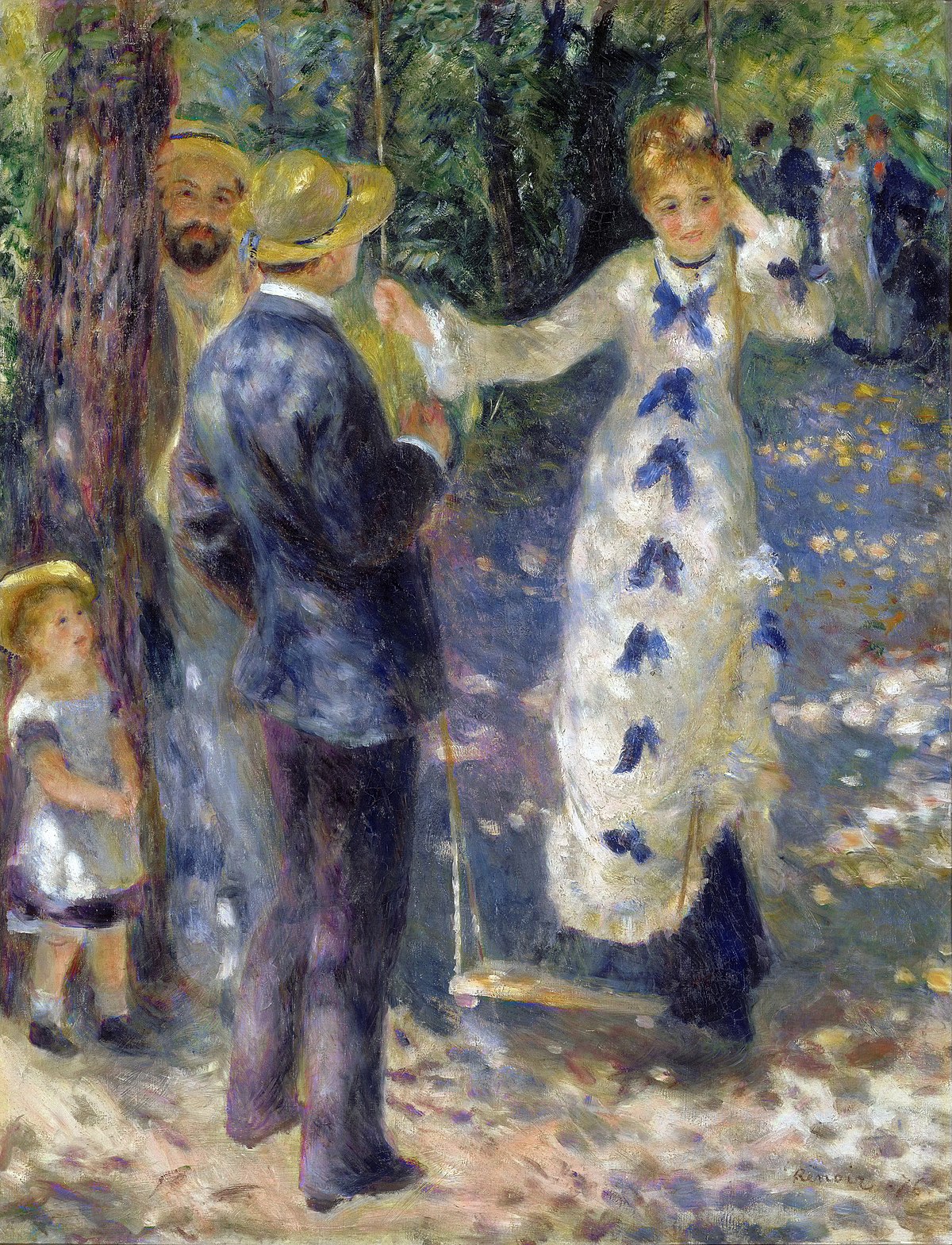
La Balancoire, Renoir, 1876
At times, some of his paintings were finished in 30 minutes. Compared to traditional painters, who would spend months or years to complete a work, he was able to paint at a tremendous speed.
For example, he painted a portrait of Richard Wagner in only 35 minutes.
During a one-month stay in Guernsey, he returned with 15 paintings.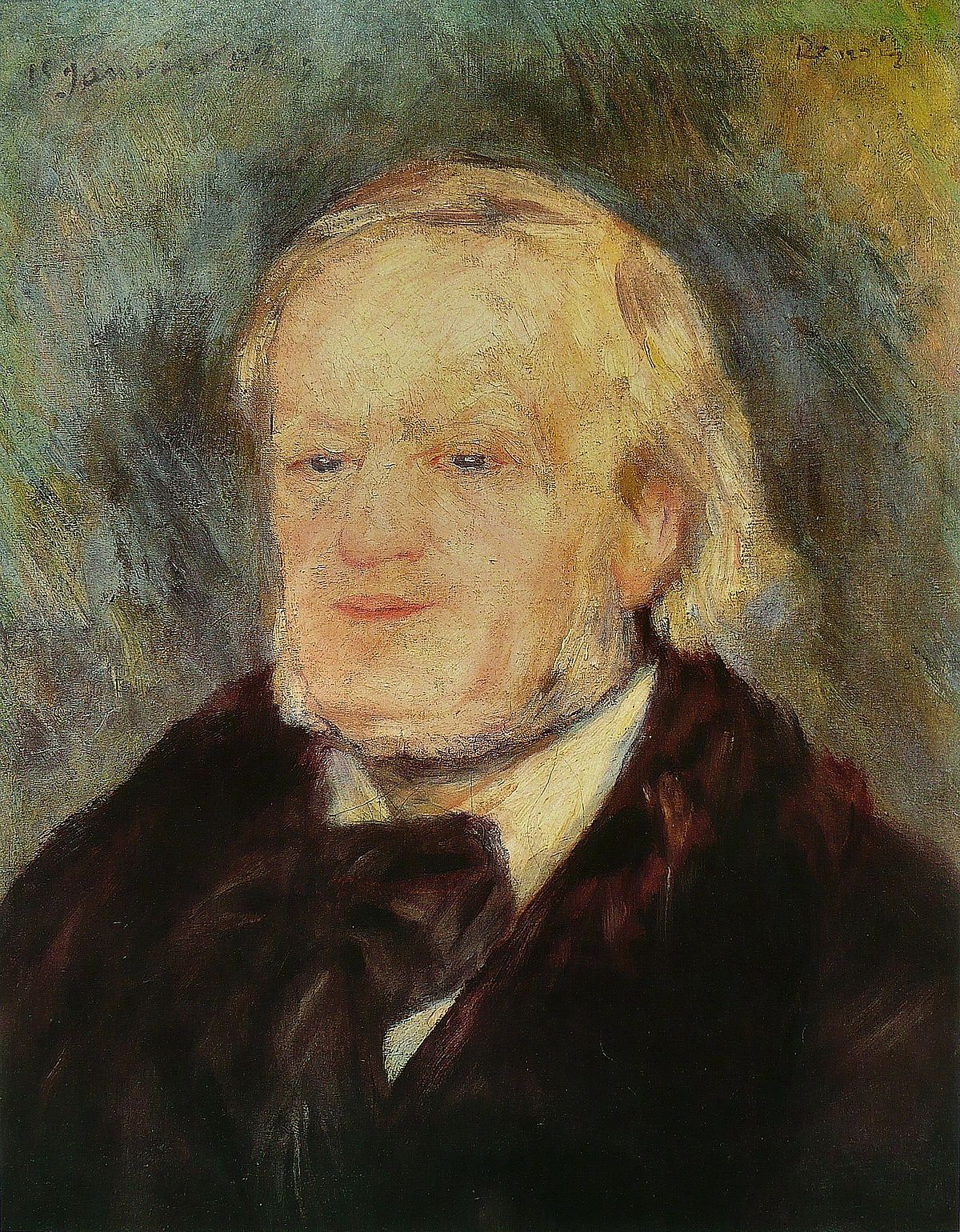
Richard Wagner, 1882
Renoir traveled to Algeria in search of experiences similar to those inspired by Delacroix in Algeria, traveled to Madrid to see Velázquez's works, and traveled to Florence to see Titian's works in person.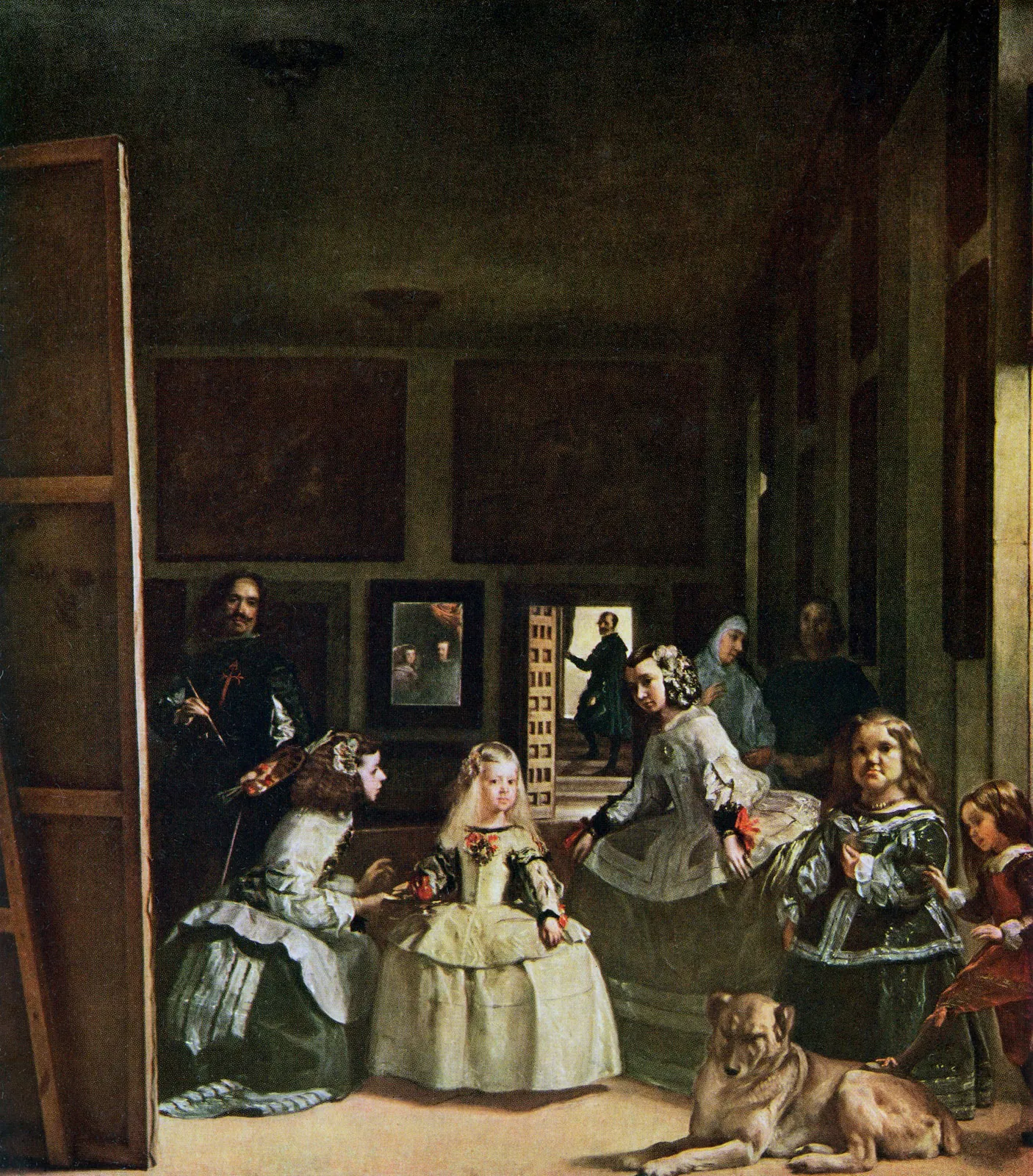
Diego Velázquez, Las meninas, 1656.jpeg)
Venus of Urbino, 1534
Unlike the common sense of painters of the time, Renoir had a unique sense of color and never used brown or black for shadows.
Rather, he used colorful colors for shadows by incorporating the reflected light of surrounding objects.
This simple but important color policy was a major element that characterized the Impressionists.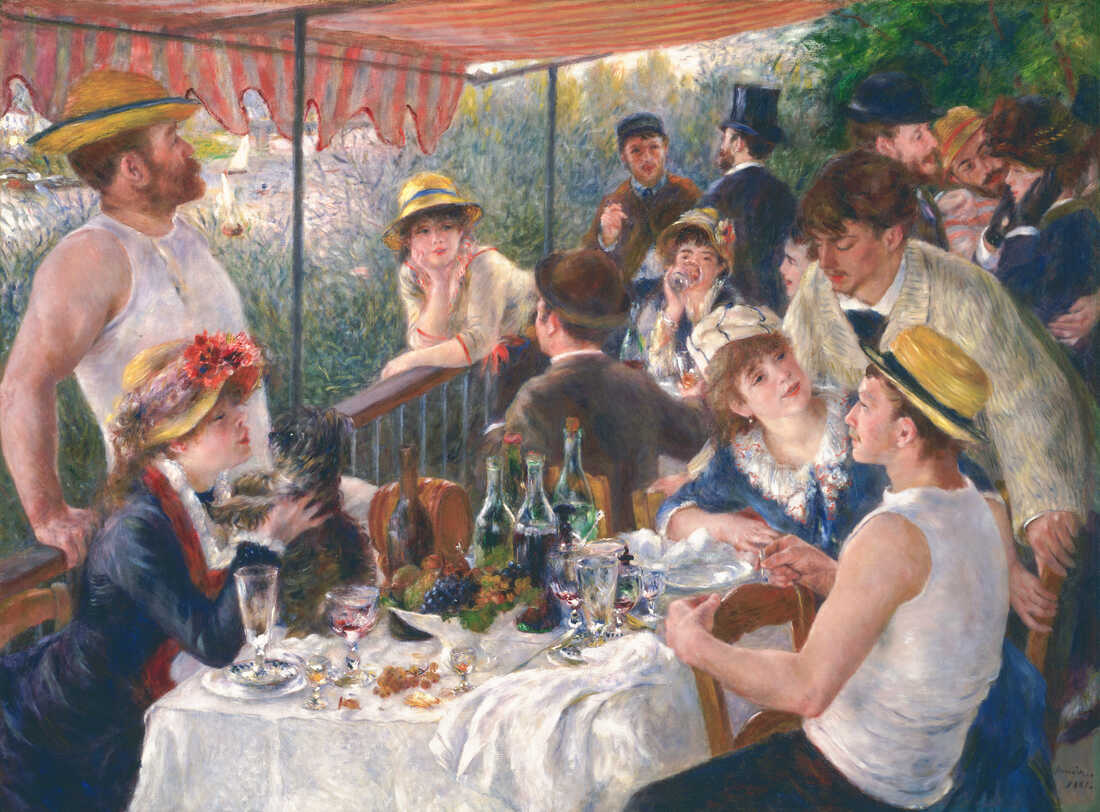
Luncheon of the Boating Party, 1880
Renoir often sketched outdoors. While sketching at the same spot on the Seine, Renoir was suspected by Communist Party members.
In the end, when he was almost thrown into the river, one of the Communists, a man named Reginaire, realized that it was Renoir and saved his life, because Renoir had saved Reginaire on another occasion.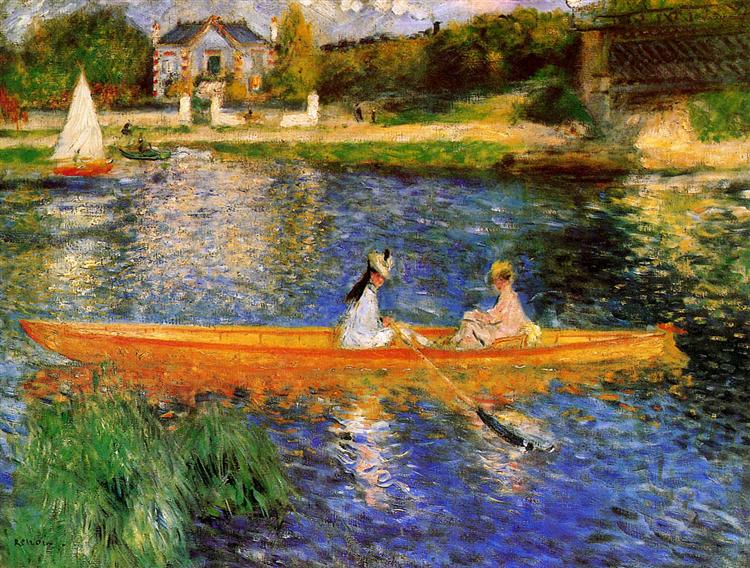
The Seine at Asnieres, 1879
In his later years, Renoir suffered from rheumatism in his right shoulder and other joints of his body. This forced him to make major changes in his style, but it did not stop him from painting itself.
As the disease progressed, his shoulders became completely stiff. To overcome this, Renoir taped his paintbrushes to his hands and painted.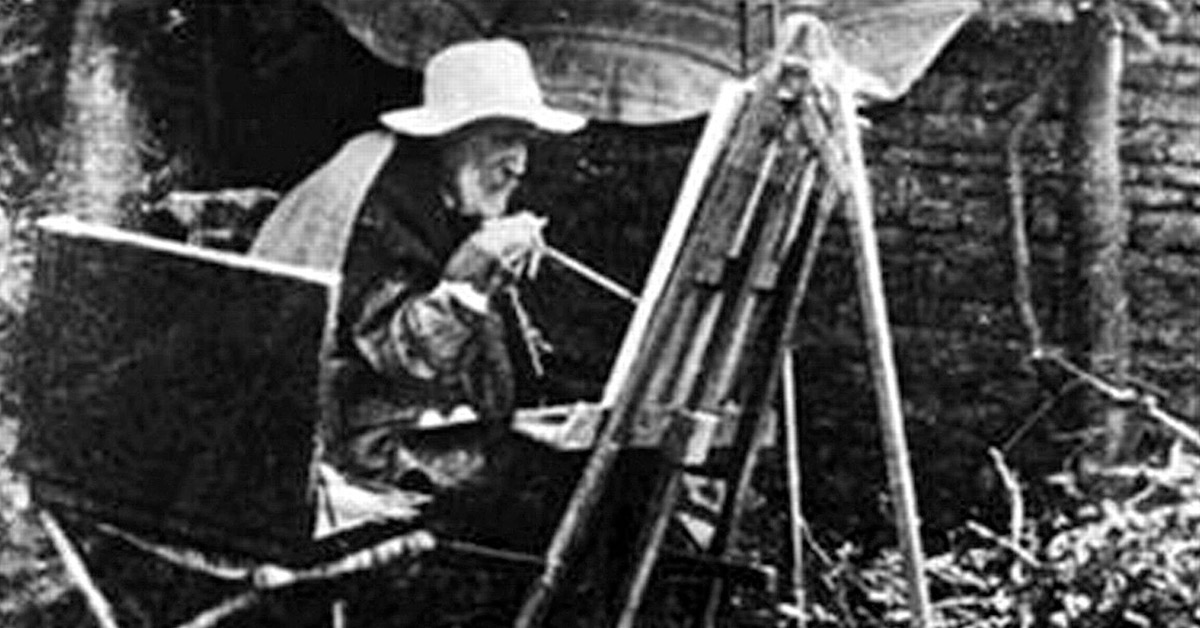
Renoir painting with a paintbrush strapped to his hand
Renoir had three sons, Pierre, Jean, and Claude.
Pierre became a stage and film actor. And Jean became a film director. Claude chose to become a potter, the closest to his father.

Writer
TRiCERA ART
Pierre-Auguste Renoir has left his mark on art history as one of the leading impressionist painters.
His delicately observed depictions of light fascinate even contemporary viewers.
In this issue, we will introduce nine facts about Renoir and his works.
As a boy, Pierre-Auguste took singing lessons in the local choir and was recognized for his talent.
However, due to his family's financial situation, he had to quit.
If not for something that led Pierre to art as a young boy, and if his family had been financially stable, perhaps Renoir as a singer would have become famous.
To help his family, Renoir worked as an apprentice painter at a pottery factory. There, his talent for painting was discovered.
He often stopped by the nearby Louvre Museum, where he acquired his skills by copying paintings by past masters.
Eventually, his life as a craftsman came to an end as the pottery factory was mechanized and the painters were laid off..jpeg)
In the year that Impressionism became known as "Impressionism," Renoir participated in an exhibition held together with Claude Monet, Afrred Sisley, and Frédéric Bazille.
At the first Impressionist exhibition, they were ridiculed by critics who said that they painted only with impressions, and they were sunk.
However, Renoir's work received relatively favorable reviews..jpg)
Bal du moulin de galette, Renoir, 1876
La Balancoire, Renoir, 1876
At times, some of his paintings were finished in 30 minutes. Compared to traditional painters, who would spend months or years to complete a work, he was able to paint at a tremendous speed.
For example, he painted a portrait of Richard Wagner in only 35 minutes.
During a one-month stay in Guernsey, he returned with 15 paintings.
Richard Wagner, 1882
Renoir traveled to Algeria in search of experiences similar to those inspired by Delacroix in Algeria, traveled to Madrid to see Velázquez's works, and traveled to Florence to see Titian's works in person.
Diego Velázquez, Las meninas, 1656.jpeg)
Venus of Urbino, 1534
Unlike the common sense of painters of the time, Renoir had a unique sense of color and never used brown or black for shadows.
Rather, he used colorful colors for shadows by incorporating the reflected light of surrounding objects.
This simple but important color policy was a major element that characterized the Impressionists.
Luncheon of the Boating Party, 1880
Renoir often sketched outdoors. While sketching at the same spot on the Seine, Renoir was suspected by Communist Party members.
In the end, when he was almost thrown into the river, one of the Communists, a man named Reginaire, realized that it was Renoir and saved his life, because Renoir had saved Reginaire on another occasion.
The Seine at Asnieres, 1879
In his later years, Renoir suffered from rheumatism in his right shoulder and other joints of his body. This forced him to make major changes in his style, but it did not stop him from painting itself.
As the disease progressed, his shoulders became completely stiff. To overcome this, Renoir taped his paintbrushes to his hands and painted.
Renoir painting with a paintbrush strapped to his hand
Renoir had three sons, Pierre, Jean, and Claude.
Pierre became a stage and film actor. And Jean became a film director. Claude chose to become a potter, the closest to his father.

Writer
TRiCERA ART